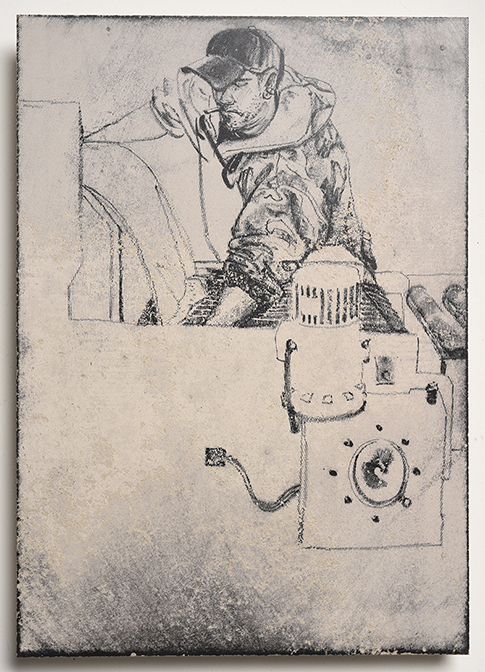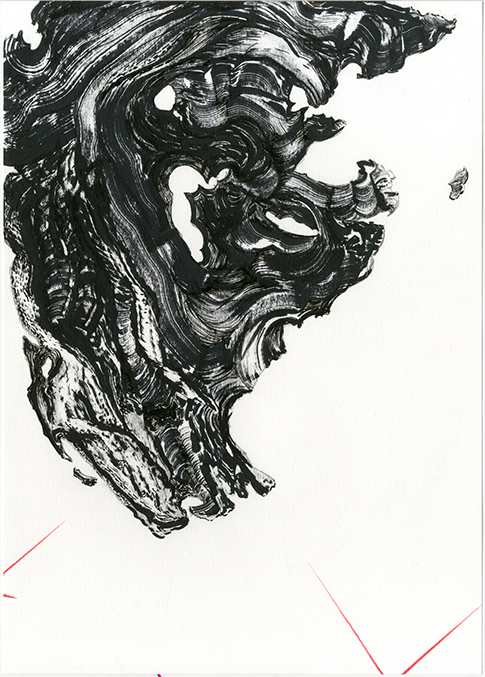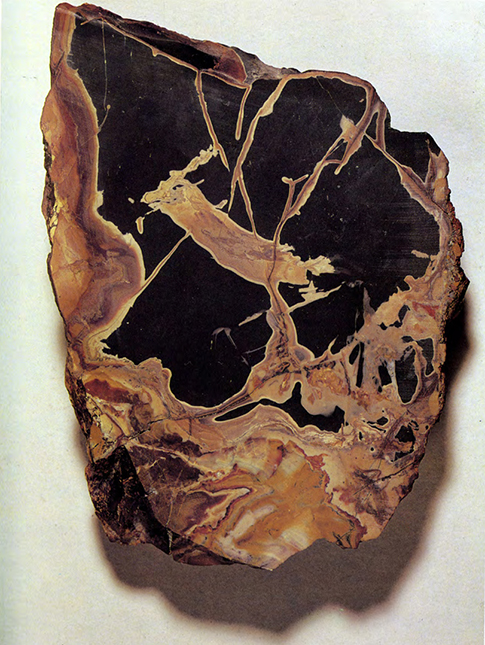[October 2, 2006
Photoetching technique (A Manual)
Nicht übersetzt:
1) I prepare transparencies. These can be made by drawing on a clear plastic sheet, using traditional
photographic techniques and enlarging on orthochromatic film, or by drawing on the computer or scanning
and printing on clear plastic sheets. When registration of images is needed, printing is better done
on an ink jet printer. Laser printers heat the sheets and they may not match precisely.
2) If color separation is needed, in photography the same image is photographed four times on B+W
negative, alternating color separation gel filters. With the computer, a color image can be scanned and
then opened in CMYK mode and printed out in four transparencies.
3) The transparencies have to be half-toned. In photography the enlargement can be made through a
non-glare glass laid on the graphic film. In the computer it is advisable to use an „Andromeda 3“ plug-in
filter with Photoshop in mezzotint mode. Either way, the random dot system eliminates the danger of
moiré patterns.
4) The metal plates are coated with photoresist. There are presensitized plates, which have the disadvantage
that they only can be worked on one time. A liquid photoresist allows to recoat and retch the
plates endlessly. There are many brands, the most popular are Kodak Photo Resist (KPR), Rockyphot, and
Ecoresist. The most precise is Rockyphot. Ecoresist has the advantage of having minimal toxicity (similar
to oil paint) and develops in a water based solution.
5) Once the coat is dry, the plate is exposed through the transparency to ultraviolet light. Sun lamps for
tanning can be used for this purpose. The light hardens the open areas, while the protected areas remain
soluble to the developer. After exposure the plate is developed and washed
6) The plate is etched. Ideally the plate is copper or brass and the etchant is ferric clorhide (at 20
Baume), which gives a precise etch and is not dangerous to use.


